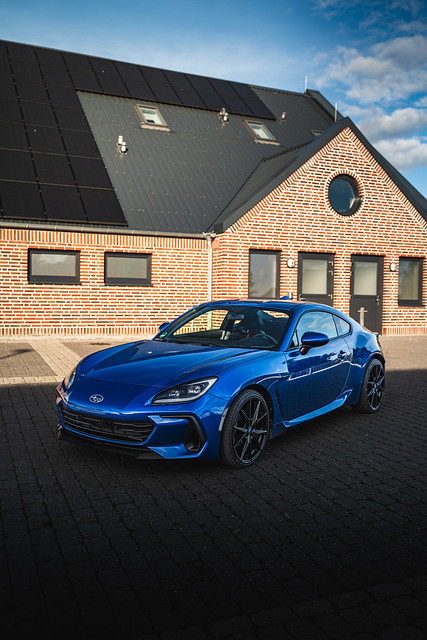How to Choose a Portable Air Conditioner
Compared to window air conditioners, portable ACs are cheaper and easier to install. They also have flexible exhaust hoses that vent outside through a window or wall. This makes them convenient for rented homes or office buildings with irregular windows.
Most portable ACs are two-in-one units that cool and dehumidify. They can be used all year round and are perfect for caravans and campers.
Single-hose
Single-hose portable air conditioners are typically cheaper and Portable Air Conditioner easier to set up than dual-hose units. However, they have some drawbacks that should be considered when choosing a unit. For example, they tend to cool the room faster but require more energy than a dual-hose model. Also, they don’t work as well in hot climates or in large rooms.
The way that a single-hose PAC works is by pushing exhaust out of the window and drawing in new air to replace it. This creates negative pressure in the room that can cause cracks around windows and doors to draw hot air into your home, making your PAC work harder. This can also result in more unfiltered air entering the machine that carries allergens and reducing its lifespan.
In addition to this, single-hose PACs often have weak fans that don’t circulate the air very well. This can result in an upper hot zone and a lower cooler one. This is why you need a strong fan in conjunction with your PAC for the best results.
On the other hand, dual-hose PACs have separate air intake and exhaust hoses that work together to provide better cooling efficiency. They can also be used with ducts for added cooling power in large spaces and are more affordable than single-hose units. These models are ideal for those who want to cool a larger space but don’t have the budget for a higher-end model.
Dual-hose
One of the main benefits of dual-hose portable air conditioners is that they are more efficient than single-hose units. This is because the two hoses work differently. The intake hose draws in outdoor air to cool the compressor and condenser unit, while the exhaust hose discards warmed indoor air. This helps to avoid negative pressure in the room, which can cause your PAC to run harder and consume more energy. In addition, it is important to close doors and windows to prevent unwanted air from seeping in.
With the Whynter ARC-142BX 14000-BTU Dual-Hose Portable Air Conditioner, you can cool your space in just minutes with a simple and easy setup process. The portable air conditioning and heater features a quiet operation, self-evaporative system, and a washable pre-filter to minimize maintenance. It also has a 24-hour timer that allows you to set the desired temperature and a sleep mode for comfortable sleeping.
The cooling side of a portable AC is a fan that blows air over metal coils full of refrigerant. The refrigerant absorbs heat from the air and evaporates into water, which is then discharged through the exhaust hose. The other side of the air conditioner is called the blowing side, which draws the cooled air from the hoses into the room. The cooled air then passes over the condenser coil and is exhausted through the hose.
Self-evaporative
Air conditioning systems cool the room by funneling warm room air over evaporator coils to pull heat from it and convert it into cold refrigerant. This process creates moisture that is vented out of the air conditioner through a single exhaust hose connected to a window. Unlike regular units, self-evaporative portable air conditioners recycle some of this water to prevent excessive humidity. This technology is what makes these units different from other types of cooling devices.
The self-evaporative feature in this unit eliminates the need to empty a water collection tray as often as other models. The evaporative function is able to evaporate more than half of the condensation from the air, which helps reduce energy usage and improve the unit’s cooling capacity. Self-evaporative air conditioners also have an internal condensation vent that disperses the remaining water vapor with hot exhaust air.
This unit is ideal for year-round comfort with its air conditioning, dehumidification, fan and heater functions. The 8,000 BTU cooling capacity is powerful enough to cool rooms up to 350 square feet, and the remote control makes it easy to set your preferred temperature. Other features include a programmable timer, Sleep Mode, and a removable washable filter for added convenience. The 13,000 BTU model also comes with a built-in heater for winter use and a single-hose design that efficiently exhausts warmth and moisture into the outside air.
Gravity drain
Some portable air conditioners feature a gravity drainage system that eliminates the need for frequent monitoring and manual emptying of the condensation collection tank. Simply attach a drain hose to the unit and direct it to a floor drain or other suitable outlet. This setup allows the air conditioner to continuously drain water, reducing energy consumption and potential damage to flooring and furniture. Some manufacturers provide a hose with the air conditioning unit, while others offer compatible hoses that can be purchased at hardware stores.
Self-Evaporative Models
Some newer portable air conditioner models use a completely self-evaporative moisture management system that automatically evaporates condensation and vents it out through the exhaust hose along with warm air. This reduces or eliminates the need for a condensation collection tank, making these units more convenient to operate. However, Portable Air Conditioner supplier it’s still important to check the condensation tank or drain hose regularly to ensure that it’s not approaching full capacity.
Some older portable air conditioners feature a built-in collection tank with a small hole at the back that remains sealed when the unit is in use. To drain these units, you must pick up the portable air conditioner and tip it over to empty the tank. This process can be difficult, and a clogged tank may reduce cooling performance or create a slipping hazard.


